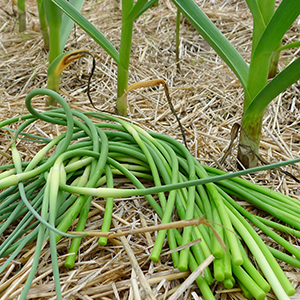
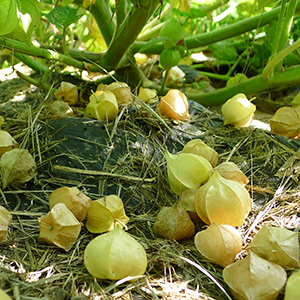
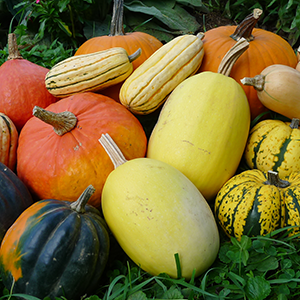
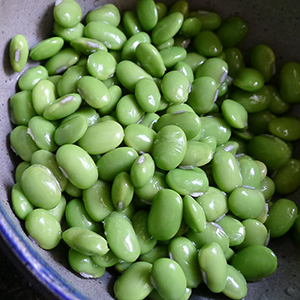
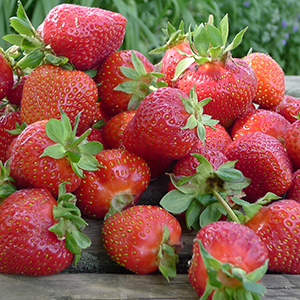
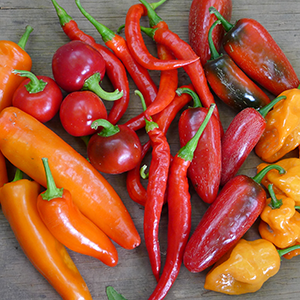



News and Notes | The Anchor Run Blog
Displaying a Single Post |
Show Recent Posts
October 2, 2016
Finally a Fall Feeling
By Derek McGeehan
Finally a Fall Feeling
By Derek McGeehan
We're safely into October and we haven't seen the sun in half a week, received a nice light soaking rain, and are beginning to say goodbye to the last of the summer vegetable staples like tomatoes and peppers. We're transitioning away from sowing warm season annual cover crop mixes of buckwheat and daikon radish on finished fields and for a brief period will hope to establish oats and crimson clover before switching completely to winter rye and hairy vetch. Cover crops we sow after cash crops will largely determine what we can plant where next spring, summer, and fall. Buckwheat, daikon, and oats will winter kill and slowly desiccate and decompose over the cold months and should leave the soil in an almost perfect state of planting condition next season. Clover, rye, and vetch will go dormant over the winter, regrow in the spring, and will be turned into the soil after flowering in May. The clover and vetch will also fix nitrogen in the soil. Rye produces so much organic matter that we'll either fallow those fields or plant fall crops, giving the soil and organic matter time to process into a workable condition. Also affecting what goes where in the spring will be what was where the past 3-5 years. Crop rotation is an essential part of organic farming, crop and soil health. With good record keeping and ample land for proper rotation and resting, the pieces of the puzzle become easier to fit into place.
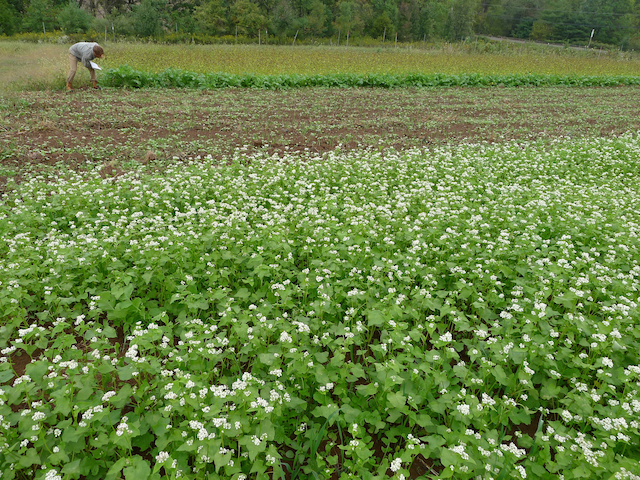
Three stages of growth of buckwheat and daikon radish cover crops are seen here. I'm looking at a 3-inch thick and growing daikon taproot in a patch where the buckwheat has finished flowering and is beginning to senesce. Buckwheat grows quickly to suppress weeds, attracts pollinators, then dies back to allow the daikon understory to take over.

POSTS BY TYPE
POSTS BY MONTH

